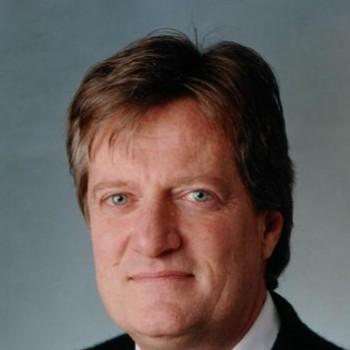Bio
Mike Moseley has been a Professor of Radiology in the Radiological Sciences Laboratory at the Stanford University Lucas Center since 1993, before which he was in Radiology at UCSF during the rapid rise of MR in the 1980’s. His doctorate from Uppsala University Sweden in 1980 and postdoctoral work at the Weizmann Institute in Israel until 1982 focused on using diffusion NMR to investigate biological structures from proton relaxation and diffusion dynamics. A member of the early SMRM and the SMRI, he has been active in guiding MR societies, serving as the first Annual Meeting Program Chair for the newly merged ISMRM in 1996 and becoming an ISMRM Fellow in 1998. He also co-founded the DWI PWI Study Group within the ISMRM. He was awarded the ISMRM Gold Medal in 2001 for his pioneering work in diffusion MRI. Elected to the ISMRM Board in 2002, he served as the 2003-2004 President of the ISMRM for the Kyoto Japan meeting. In 2007, he was recognized as an Honorary Member of the Society for Magnetic Resonance Technologists (SMRT). In 2014, Dr. Moseley was elected as the Cruse-Kressel Awardee by the SMRT.
Dr. Moseley has served on a variety of editorial boards and has co-authored three books, 30 book chapters and over 480 articles together with many meeting scientific abstracts and invited lectures. With an H-Index of 82, his articles have been cited over 23,000 times. His primary current research interests have centered on developing MR methods to detect the earliest events of experimental and clinical cerebral vascular diseases using functional neuroimaging (DWI, PWI, and fMRI) methods. As one of the first investigators in vascular MR using blood-pool agents and stereoscopic MR, Dr. Moseley was the first to show in 1989 that mapping white matter fiber orientation using diffusion MRI was a novel measure of neuroimaging and now later as a means of mapping cognitive performance. He has participated in regional and international SMRT and ISMRM Outreach meetings, co-authored and reviewed for the SMRT Home Studies, and directs a Stanford summer course hosted for the Japanese Society of Radiological Technologists (JSRT).


